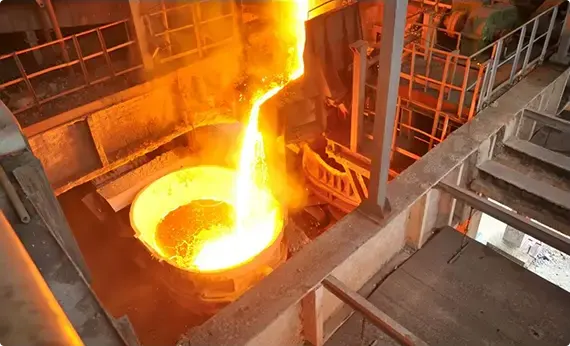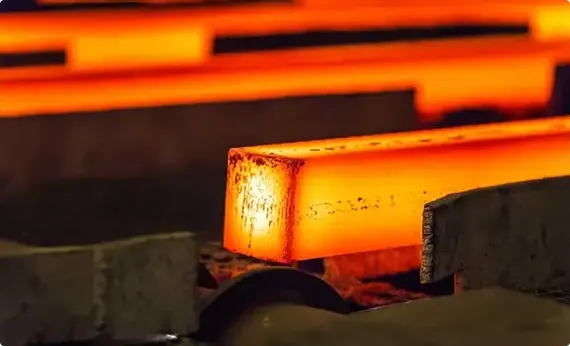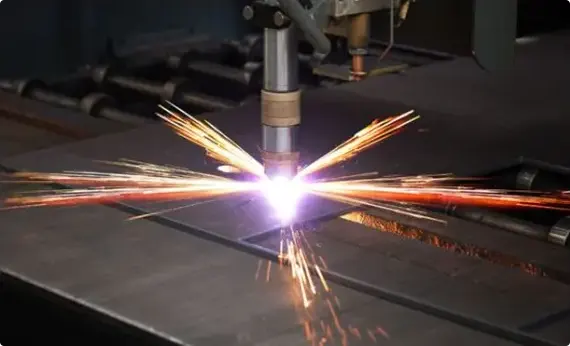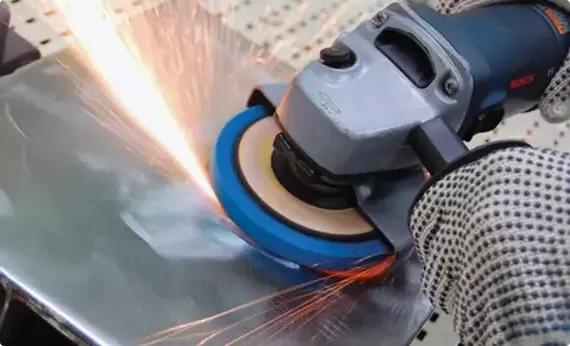
Characteristics of SUS 310S stainless steel
1. Material composition and characteristicsMain components: SUS 310S stainless steel is mainly composed of elements such as iron (Fe), nickel (Ni), chromium (Cr
1. Material composition and characteristics
Main components: SUS 310S stainless steel is mainly composed of elements such as iron (Fe), nickel (Ni), chromium (Cr), carbon (C) and manganese (Mn). Among them, the content of nickel and chromium is relatively high, which is the basis of its excellent performance.
High temperature resistance: SUS 310S stainless steel has excellent high temperature resistance and can be used for a long time at a high temperature of about 800℃ and maintain the stability and strength of the structure.
Oxidation resistance: Under high temperature oxidation conditions, SUS 310S stainless steel can form a dense chromium oxide film to prevent further oxidation of the metal, so it has excellent oxidation resistance.
Corrosion resistance: SUS 310S stainless steel shows good corrosion resistance in oxidation, reduction, acid, alkali and other environments, especially in oxidation environments, its corrosion resistance is more excellent. It can resist corrosion from many chemical substances, such as nitric acid, nitrates, ammonium nitrate, sulfuric acid, sulfates, chloride solutions, etc.
2. Mechanical properties
Strength and hardness: SUS 310S stainless steel has high strength, and its tensile strength is usually above 520MPa. At the same time, its hardness is also relatively high, usually between HB180-220.
Plasticity and toughness: The material has good plasticity and toughness, and can withstand external forces within a certain deformation range without breaking. This makes it easy to shape during processing, while maintaining good stability when subjected to impact and vibration.
Fatigue performance: Under the action of cyclic stress, SUS 310S stainless steel exhibits good fatigue performance, can resist fatigue damage, and maintain structural integrity.
Wear resistance: Due to its high hardness and excellent wear resistance, SUS 310S stainless steel can also maintain good performance in harsh environments such as high temperature and high humidity.
3. Processing and welding performance
SUS 310S stainless steel has good processing performance and is easy to perform cutting, bending, welding and other process operations. At the same time, its welding performance is also good, and it can be connected by a variety of welding methods. This makes SUS 310S stainless steel have high flexibility in the manufacturing process.
IV. Application fields
Based on the above excellent properties, SUS 310S stainless steel is widely used in the fields of petroleum, chemical industry, electric power, construction, aerospace, etc., especially in high temperature and corrosive environments. For example, it can be used to manufacture electric heating furnace tubes, oil furnace pipelines, heat exchangers, storage tanks and other equipment, as well as to make environmental protection equipment and precision instruments.
stainless steel processing
The manufacture of stainless steel involves a series of processes. First, the steel is melted, and then it is cast into solid form. After various forming steps, the steel is heat treated and then cleaned and polished to give it the desired finish. Next, it is packaged and sent to manufacturers, who weld and join the steel to produce the desired shapes.

Melting and Casting
The raw materials that constitute a stainless steel item are placed together and melted in a giant electric furnace. Intense heat is applied rigorously for a period of 8 to 12 hours during this step. Once the melting is complete, the molten steel is cast into desired semi-finished forms. Some of the most common forms or shapes include slabs, blooms (rectangular shapes), billets (these could either be round or square), rods, and tube rounds.

Forming
In the second stage, the semi-finished steel shapes undergo a series of forming operations. For instance, the stainless steel is hot rolled (heated and passed through enormous rolls). The blooms and billets mentioned above are converted to bar and wire. The slabs on the other hand are formed into plates, strips or sheets. It is very common to turn semi-finished steel shapes into bars, as it is the most versatile stainless steel form (it comes in all grades and sizes). You have round, square, octagonal, and hexagonal bars, each suitable for a different type of application.

Heat Treatment
The various stainless steel forms undergo a thorough annealing process during this step. Annealing is another name for heat treatment where the stainless steel is heated and cooled in a controlled environment. The purpose of this heat treatment is to relieve the pent-up stress inside the stainless steel and soften the material to make it more suitable for a wide variety of applications. The people in charge of carrying out the annealing process have to be very careful about the conditions as even the slightest of changes in the temperature, pressure, duration, or cooling rate could result in a faulty product.

Descaling
During the annealing process, a certain amount of scale appears on the surface of the stainless steel. This scale can be removed using a number of different processes that are collectively known as descaling. Pickling is one of the more common methods of carrying out the descaling process.

Cutting
The semi-finished, heat-treated, and descaled stainless steel forms are cut into specific shapes in this step. Mechanical cutting is performed with the aid of guillotine knives, blanking, nibbling, and high-speed blades.

Finishing
Finishing is applied to help the stainless steel product achieve its signature aesthetically appealing appearance. Finishes are also needed to make the stainless steel product smooth and easier to clean, which is a top requirement in sanitary applications.
